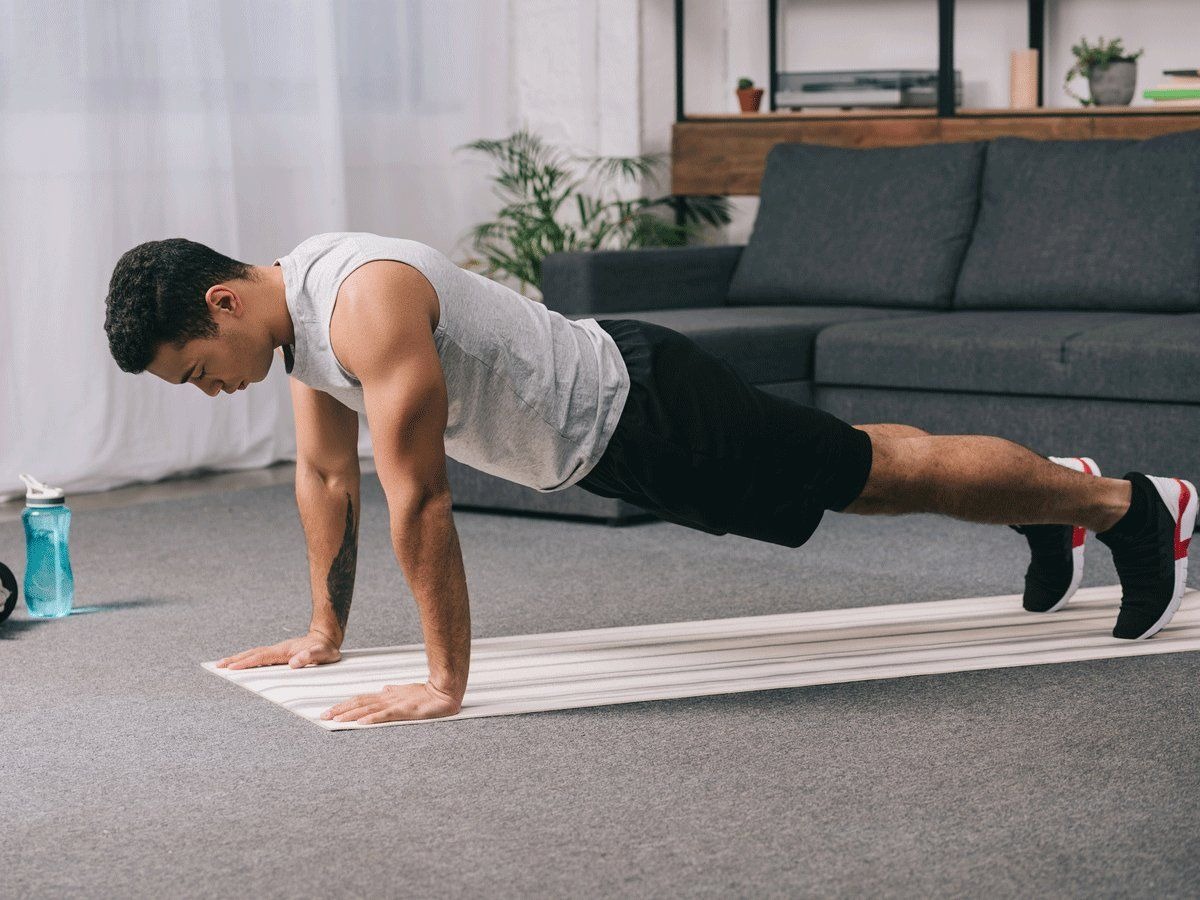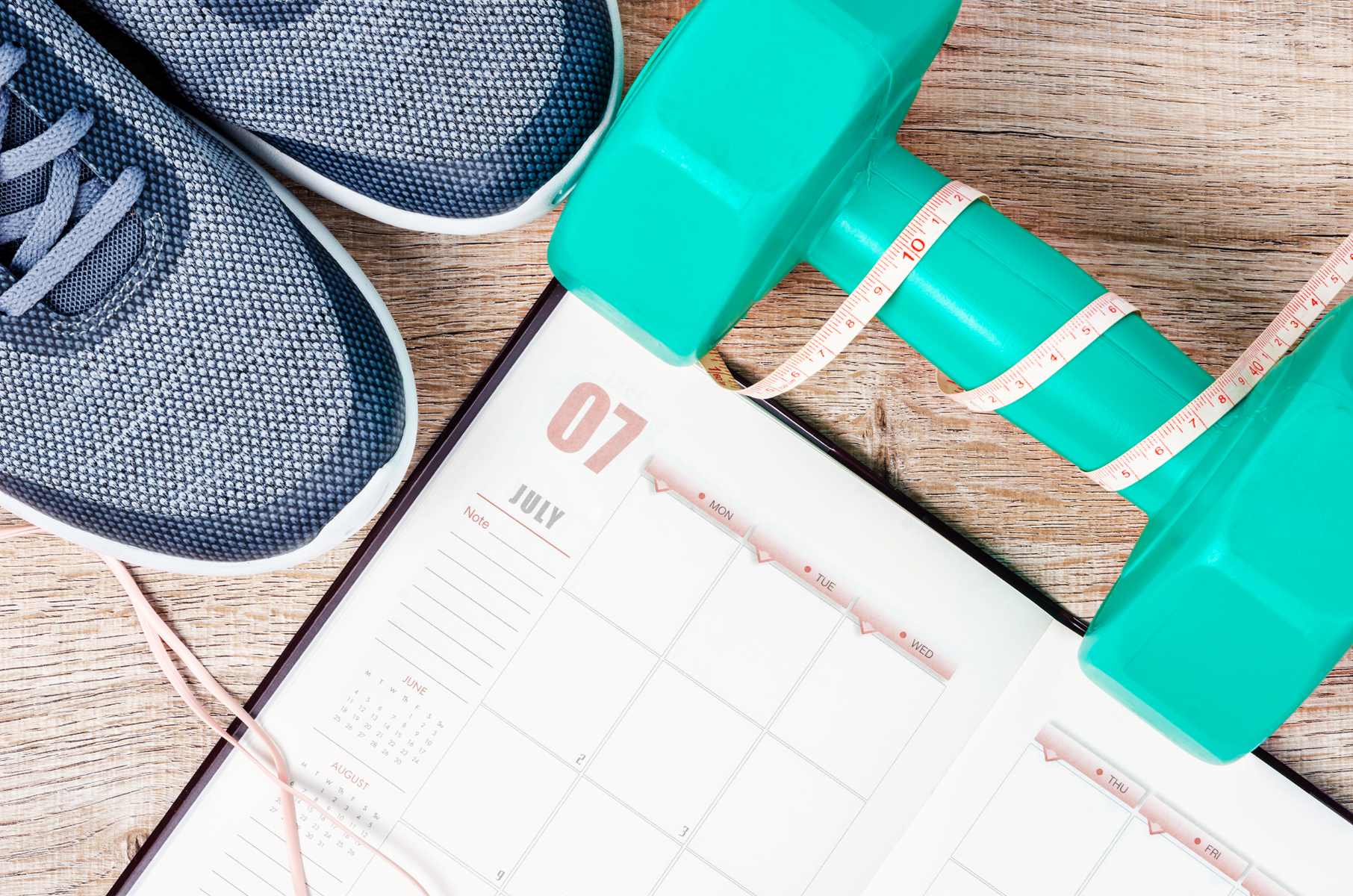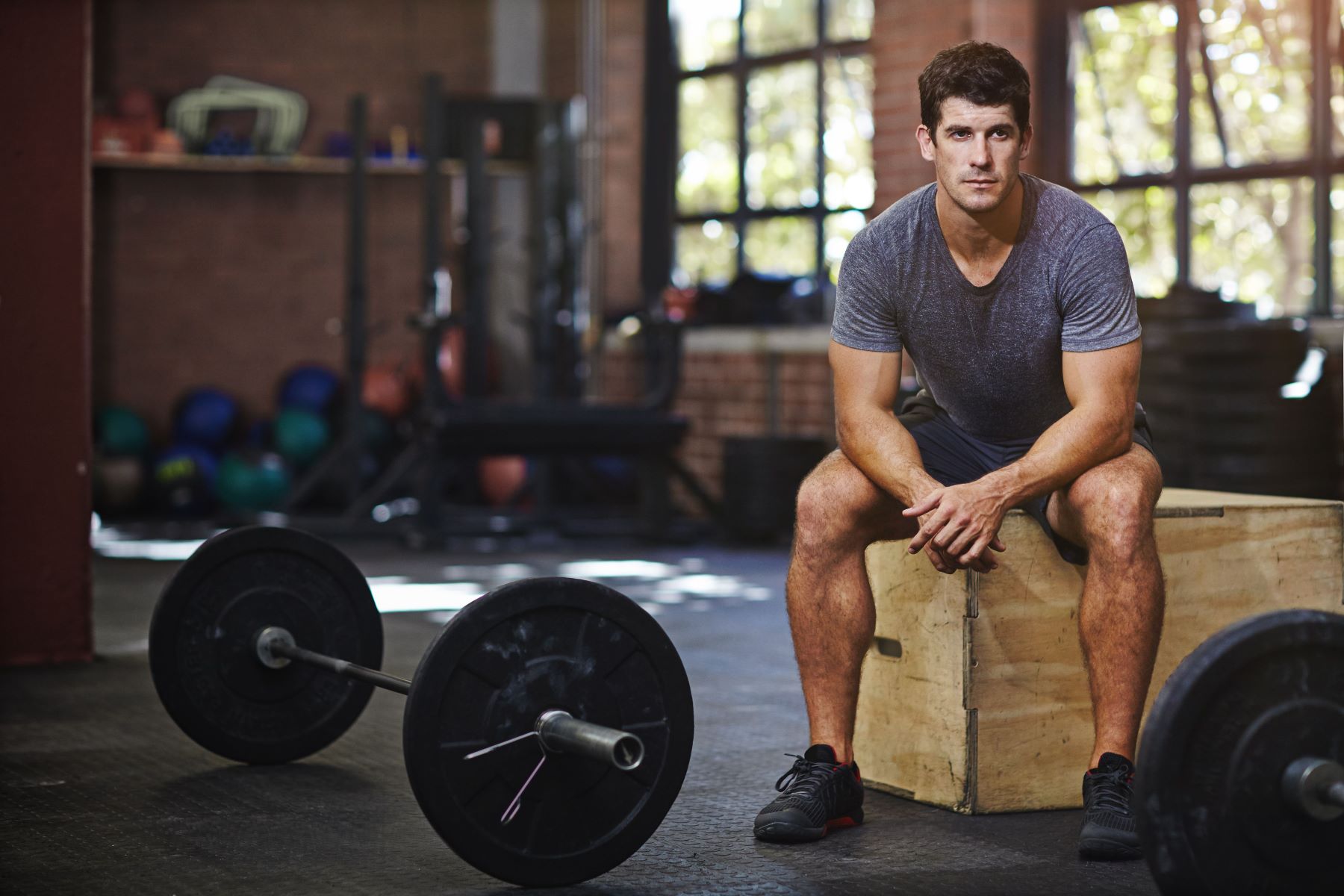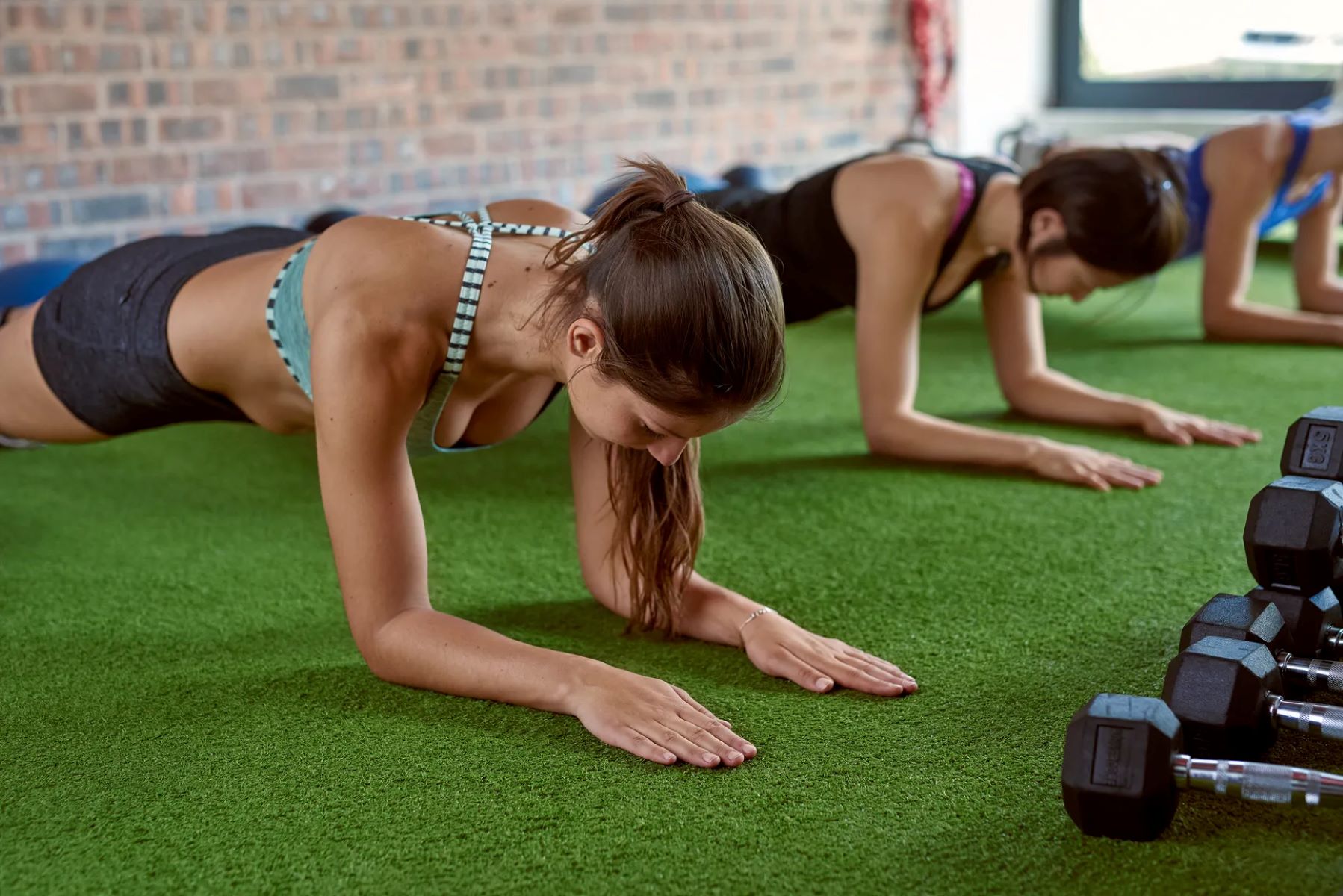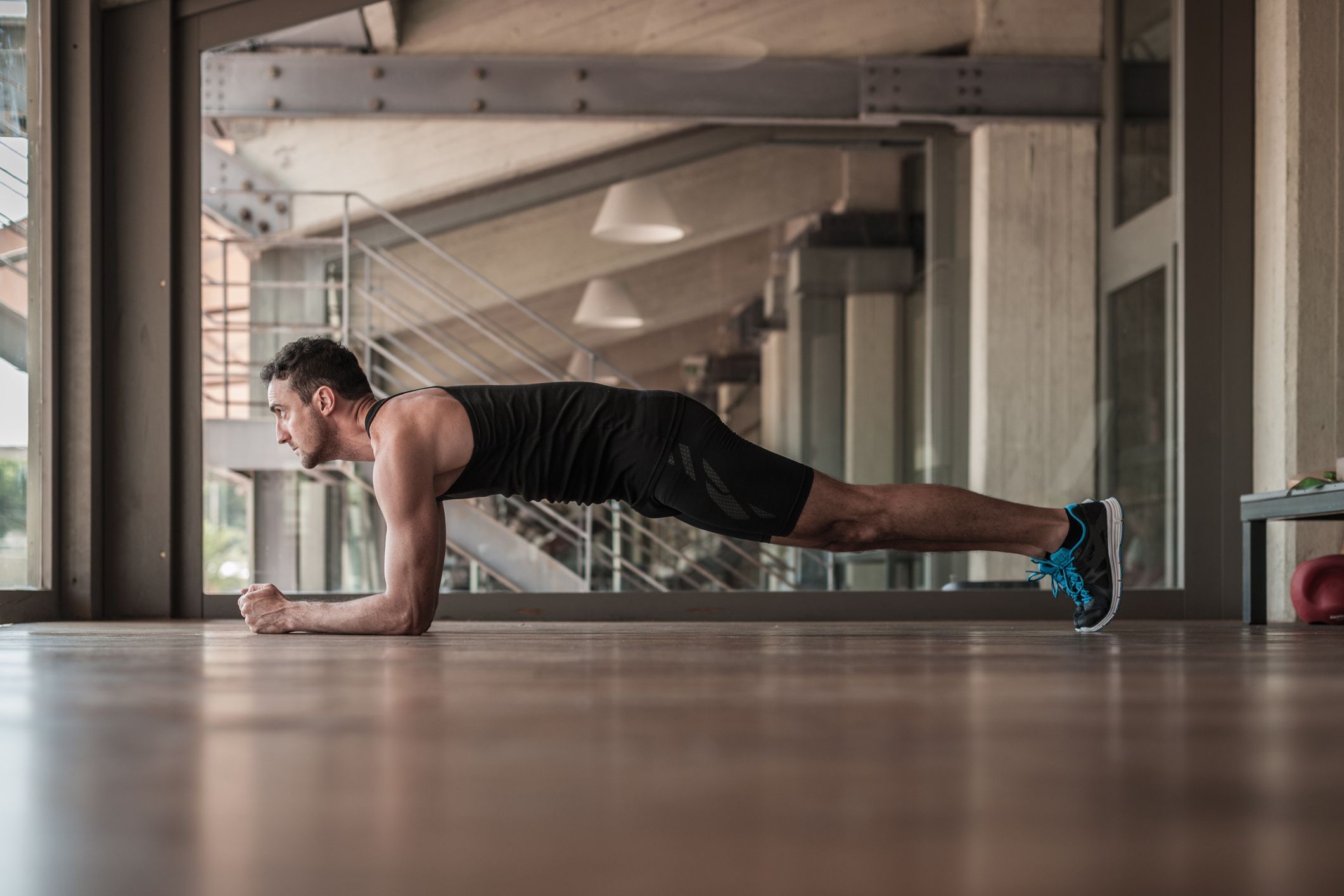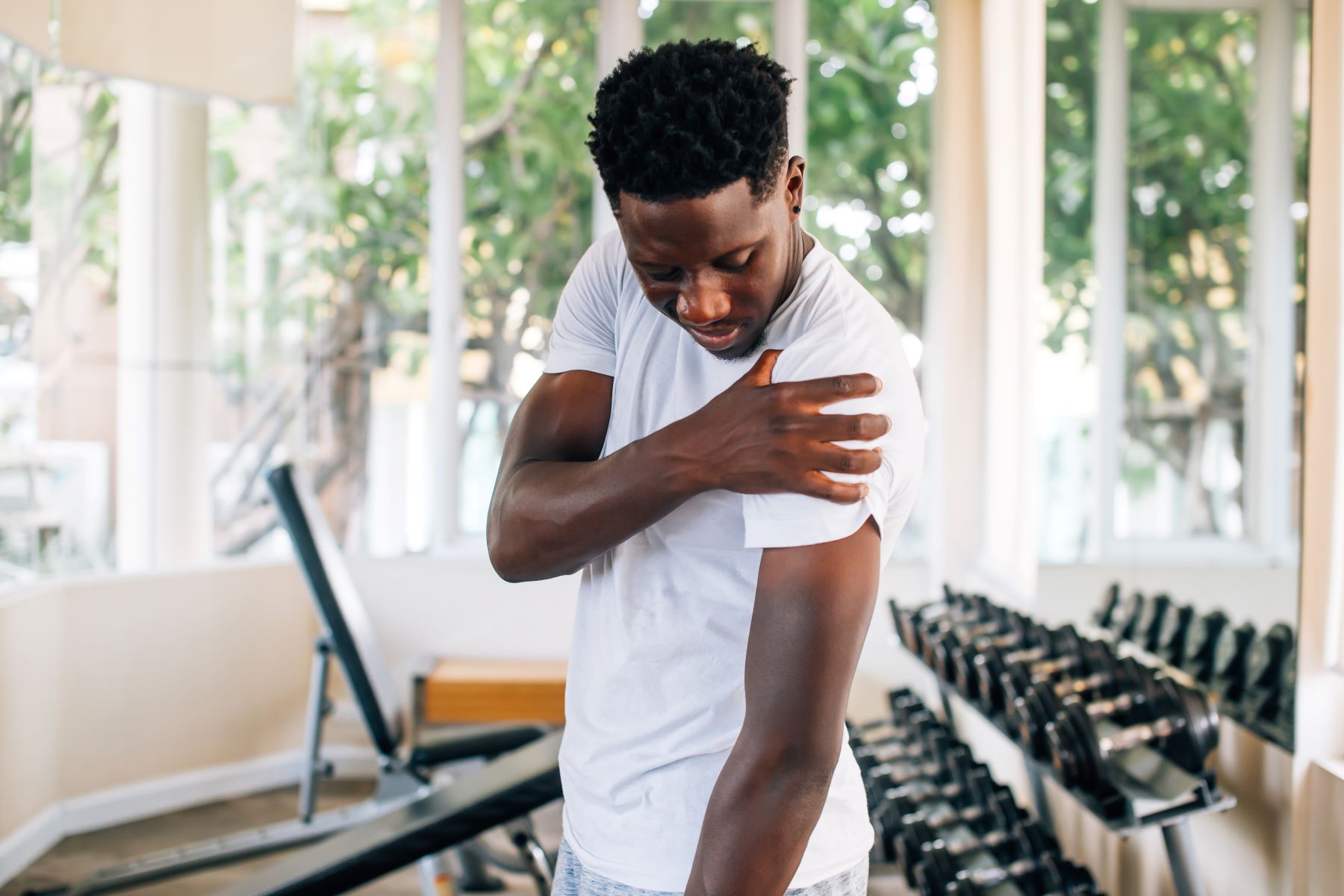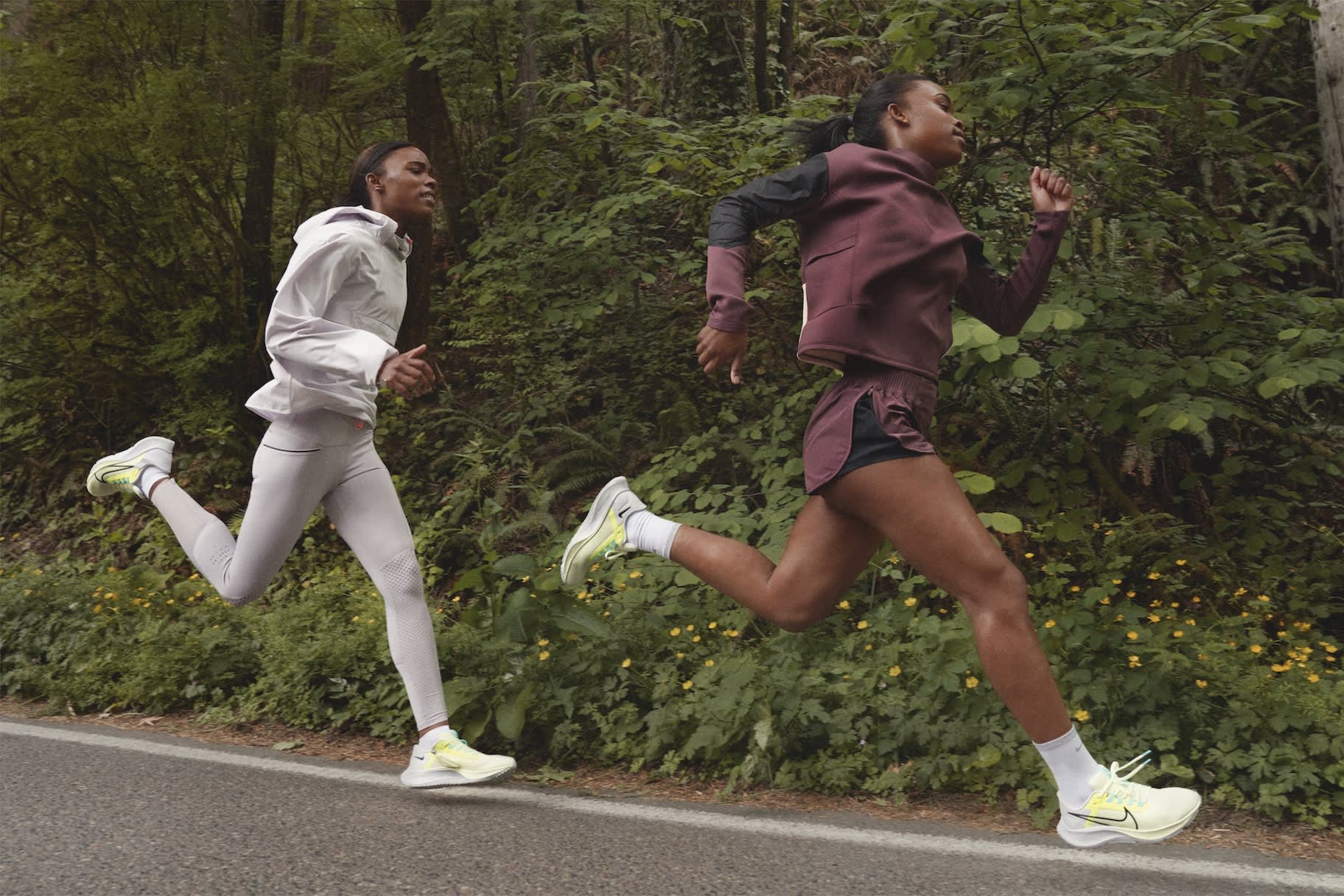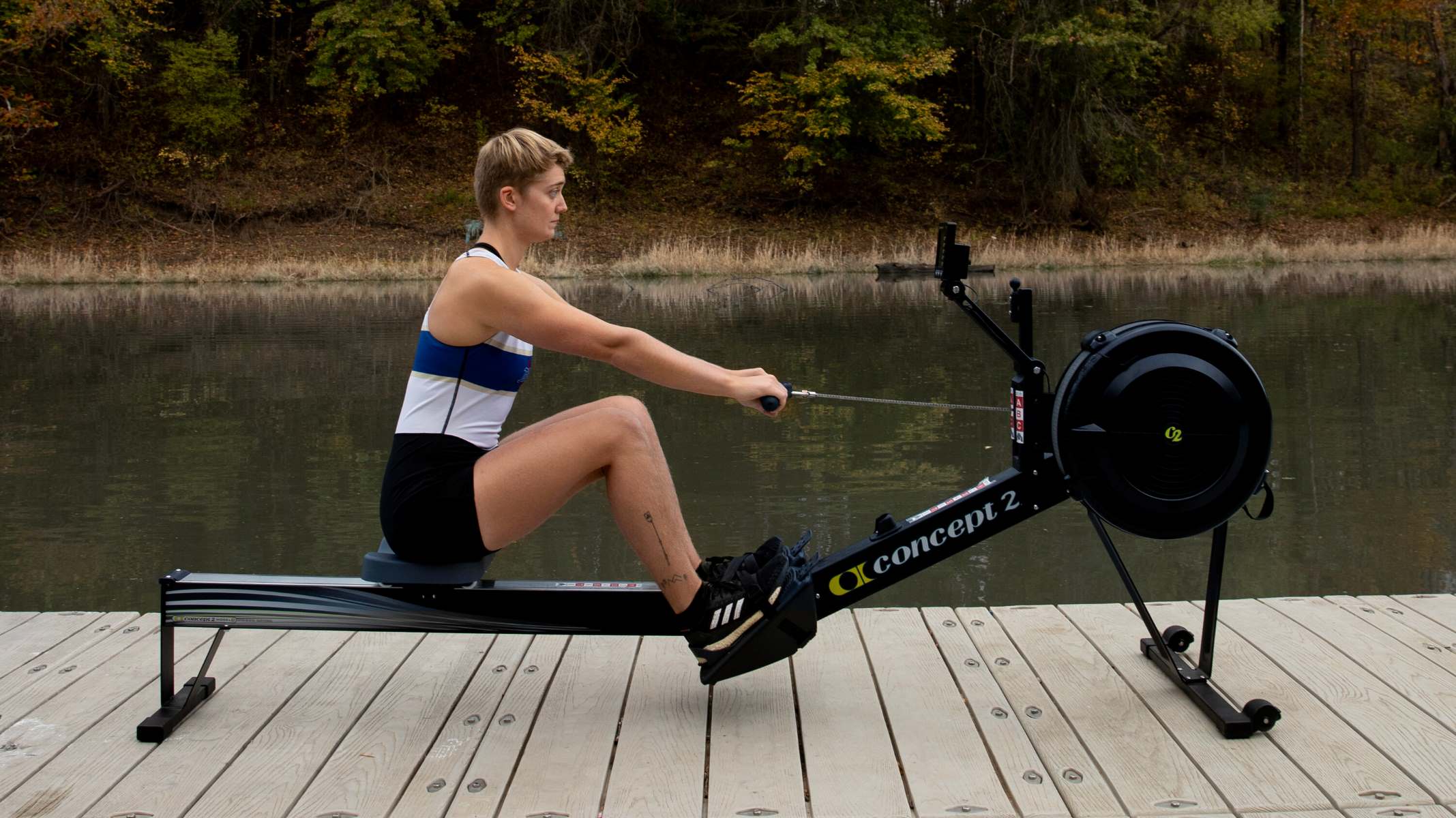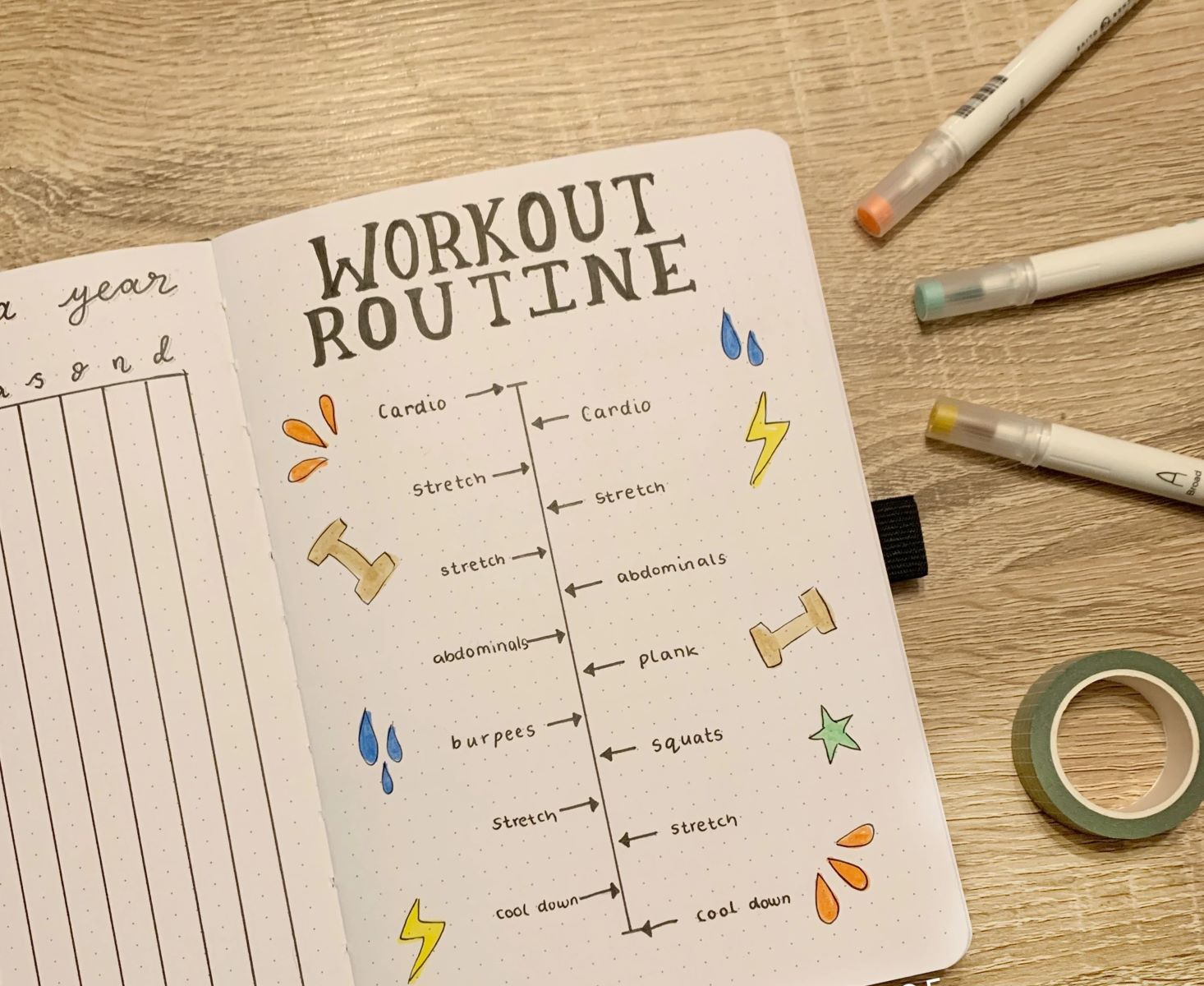Home>Misc>Featured>What Muscle Groups Do You Workout Together
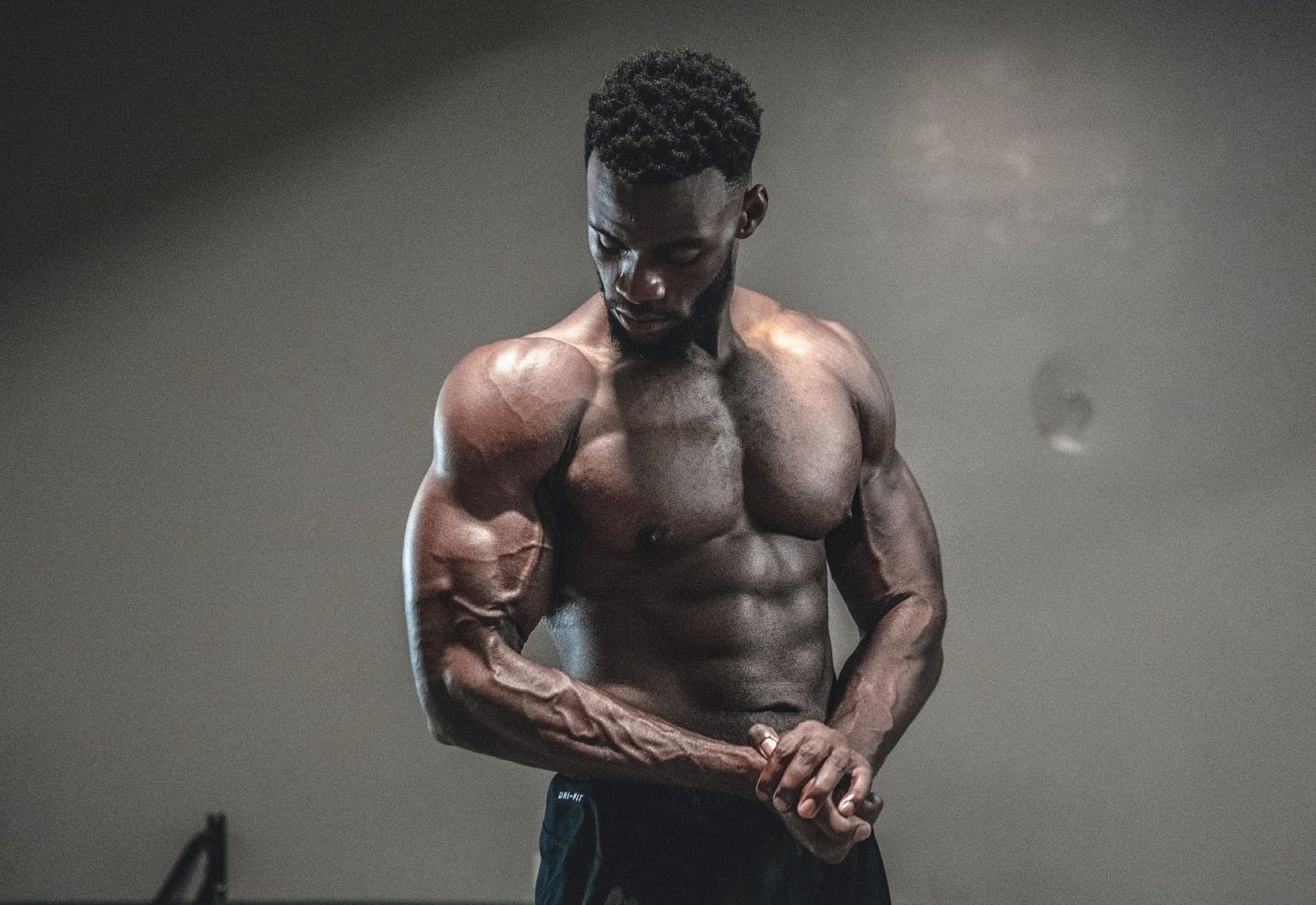

Featured
What Muscle Groups Do You Workout Together
Modified: January 2, 2024
Discover the best muscle groups to target during your workouts. Learn how different muscles work together for maximum results. Get featured in your fitness journey!
Introduction
Welcome to the world of fitness and exercise, where building strength and achieving your fitness goals are at the forefront. When it comes to working out, there are various methods and techniques that can help you maximize your results. One popular approach is to target specific muscle groups during your workouts.
But what exactly does it mean to work out muscle groups together? Simply put, it involves selecting specific muscle groups and combining exercises that target those areas in a single workout session. This approach allows you to optimize your time at the gym and ensure that you are engaging all the major muscle groups in your body.
Working out muscle groups together offers several benefits. First and foremost, it enables you to create a well-rounded workout routine that addresses all areas of your body, ensuring balanced muscle development. This can help to prevent muscle imbalances and reduce the risk of injuries. Additionally, targeting specific muscle groups can lead to more efficient and effective workouts, as you can focus on exercises that directly engage those areas.
Furthermore, working out muscle groups together can aid in improving overall strength and muscle tone. By challenging multiple muscle groups simultaneously, you can enhance your muscular endurance and increase the overall intensity of your workout. This can translate to better performance in sports and daily activities, as well as a more toned and defined physique.
So, what are the common muscle group pairings that you can incorporate into your workouts? In the following sections, we will explore some popular combinations for the upper body, lower body, core, and full body workouts. Whether you are a beginner or a seasoned gym-goer, these muscle group pairings can help you design an effective and well-rounded workout routine that brings you closer to your fitness goals. Let’s dive in!
Benefits of Working Out Muscle Groups Together
There are numerous advantages to incorporating muscle group pairings into your workout routine. By targeting specific muscle groups together, you can maximize your time at the gym and achieve better results. Here are some key benefits of this approach:
Efficiency:
Working out muscle groups together allows you to create a more efficient workout routine. Instead of focusing on one muscle group at a time, you can combine exercises that target multiple muscle groups. This means you can get a full-body workout in less time, making your workouts more time-effective for those with busy schedules.
Balanced Muscle Development:
By working out muscle groups together, you ensure that all major muscle groups in your body receive adequate attention. This helps to prevent muscle imbalances, where certain muscles become stronger than others. Imbalances can lead to poor posture, increased risk of injuries, and suboptimal performance. By addressing all muscle groups in your workouts, you promote balanced and symmetrical muscle development.
Increased Intensity:
When you pair muscle groups together, you can perform exercises that engage multiple muscles simultaneously. This increases the overall intensity of your workouts and challenges your muscles in different ways. The more muscles you engage, the more calories you burn, and the more efficient your workouts become. This can be particularly beneficial for those looking to lose weight or increase muscle tone.
Improved Muscle Recovery:
Working out muscle groups together allows for better muscle recovery. By alternating between muscle groups, you give each group time to rest and recover while you engage another group. This helps to prevent overuse injuries and reduces the risk of muscle fatigue. Additionally, by incorporating active rest periods between exercises, you can enhance blood flow to the muscles, promote nutrient delivery, and aid in the recovery process.
Variety and Avoiding Plateaus:
Pairing muscle groups together in your workouts adds variety and prevents plateaus. When you continually challenge your muscles with new exercises and different combinations, you keep them guessing and prevent adaptation. This can help to avoid stagnation and ensure continuous progress towards your fitness goals.
Overall, working out muscle groups together offers a range of benefits, including efficiency, balanced muscle development, increased intensity, improved recovery, and variety. By incorporating these pairings into your workouts, you can optimize your time at the gym, achieve greater results, and maintain long-term motivation and progress.
Common Muscle Group Pairings in Workouts
When it comes to working out muscle groups together, there are several common pairings that fitness enthusiasts and trainers often incorporate into their routines. These pairings not only ensure that you engage multiple muscle groups but also provide a balanced approach to your workouts. Here are some of the most popular muscle group pairings:
Upper Body Muscle Group Pairings:
- Chest and Triceps: Pairing chest exercises like bench press or push-ups with tricep exercises such as tricep dips or tricep pushdowns.
- Back and Biceps: Combining back exercises like rows or pull-ups with bicep exercises like curls or hammer curls.
- Shoulders and Traps: Working on your shoulder muscles with exercises like overhead press or lateral raises along with trap exercises like shrugs.
Lower Body Muscle Group Pairings:
- Quadriceps and Hamstrings: Engaging your quadriceps through exercises like squats or lunges, then targeting your hamstrings with exercises like deadlifts or hamstring curls.
- Glutes and Calves: Focusing on glute activation exercises like hip thrusts or glute bridges and adding in calf exercises like calf raises or jump squats.
- Quadriceps and Calves: Combining quadriceps exercises such as leg extensions or leg presses with calf exercises to optimize lower body work.
Core Muscle Group Pairings:
- Abs and Obliques: Incorporating exercises like crunches or planks for the abs and side planks or Russian twists for the obliques.
- Lower Back and Core Stabilizers: Targeting the lower back with exercises like Superman holds or back extensions and engaging the core stabilizers with exercises like bird-dogs or plank variations.
These muscle group pairings provide a good starting point for designing your workouts, but keep in mind that customization is key. Depending on your individual goals and preferences, you may choose to combine different muscle groups or add variations to these pairings.
It’s also important to note that full body workouts, where all major muscle groups are engaged simultaneously, can be a great option for those looking for a well-rounded workout. By incorporating compound exercises like squats, deadlifts, or push-ups, you can effectively target multiple muscle groups at once and maximize your time and effort at the gym.
No matter which muscle group pairings you choose, remember to focus on proper form, adequate rest periods, and progressive overload to continue challenging your muscles and achieving your fitness goals.
Upper Body Muscle Group Pairings
When it comes to upper body workouts, pairing specific muscle groups together can help you create a well-rounded routine that targets multiple areas simultaneously. This approach allows you to optimize your time at the gym and achieve better results. Here are some common upper body muscle group pairings:
Chest and Triceps:
The chest and triceps pairing is a popular combination for upper body workouts. By working these two muscle groups together, you can perform compound exercises that engage both areas simultaneously. For example, exercises like bench press or push-ups primarily target the chest, but they also involve the triceps as secondary muscles. To specifically target the triceps, you can incorporate exercises such as tricep dips or tricep pushdowns, which isolate this muscle group. This pairing allows for a comprehensive upper body workout, targeting both pushing and pressing movements.
Back and Biceps:
The back and biceps pairing is another effective combination for upper body workouts. These muscle groups often work together in pulling movements, making it beneficial to perform exercises that target both areas. Compound exercises like rows or pull-ups engage the back muscles, particularly the lats and mid-back, while also recruiting the biceps as secondary muscles. To further target the biceps, you can incorporate exercises like curls or hammer curls. By pairing the back and biceps together, you create a balanced workout routine that focuses on pulling movements and helps to develop a strong and defined upper body.
Shoulders and Traps:
The shoulders and traps pairing is important for overall upper body strength and posture. The shoulders consist of multiple muscle groups, including the deltoids, which are responsible for the rounded shape of the shoulders. Exercises like overhead press or lateral raises primarily target the shoulders, promoting strength and stability in this area. By adding trap exercises like shrugs, you can engage and strengthen the trapezius muscle, which runs along the upper back and shoulders. Working the shoulders and traps together not only enhances the aesthetics of the upper body but also contributes to better posture and overall upper body strength.
Remember, when performing upper body muscle group pairings, it’s important to maintain proper form and technique. Start with a weight or resistance level that is challenging but allows you to perform the exercises with proper control and range of motion. Gradually increase the intensity and weight over time as your strength and fitness levels improve.
By incorporating these upper body muscle group pairings into your workouts, you can create a well-rounded routine that targets multiple areas and helps you achieve your upper body strength and aesthetic goals.
Lower Body Muscle Group Pairings
When it comes to lower body workouts, targeting specific muscle groups together can help you build strength, improve muscle tone, and enhance overall lower body functionality. By combining exercises that engage multiple muscle groups, you can create an efficient and effective lower body workout. Here are some common lower body muscle group pairings:
Quadriceps and Hamstrings:
The quadriceps and hamstrings are two major muscle groups in the lower body. The quadriceps, located at the front of the thigh, are responsible for extending the knee. Exercises like squats or lunges primarily target the quadriceps, but they also engage the hamstrings as secondary muscles. To specifically target the hamstrings, you can incorporate exercises such as deadlifts or hamstring curls. Combining exercises that work both the quadriceps and hamstrings ensures balanced muscle development and helps improve overall lower body strength.
Glutes and Calves:
The glutes, also known as the buttocks, and the calves are essential muscle groups for lower body strength and stability. The glutes play a crucial role in hip extension and provide power and stability during activities like walking, running, and jumping. Exercises such as hip thrusts or glute bridges primarily target the glutes, but they also engage other muscles in the lower body, including the calves. To further target the calves, you can incorporate exercises like calf raises or jump squats. Working the glutes and calves together helps to activate and strengthen these important muscle groups, enhancing overall lower body strength and aesthetics.
Quadriceps and Calves:
If you’re looking for a pairing that focuses more on the front of the thigh and lower leg, you can combine exercises that target the quadriceps and calves. Engaging the quadriceps with exercises like leg extensions or leg presses helps to develop strength and stability in the front of the thigh. Additionally, incorporating calf exercises such as calf raises or jump squats allows you to target the calves effectively. This pairing provides a comprehensive lower body workout, targeting both the front of the thigh and the lower leg muscles.
When performing lower body muscle group pairings, it’s essential to prioritize proper form and technique. Start with lighter weights or resistance and gradually increase the intensity as your strength and fitness levels improve. It’s also important to listen to your body and modify exercises as needed.
By incorporating these lower body muscle group pairings into your workouts, you can effectively target multiple muscle groups in the lower body, improve strength and stability, and achieve your lower body fitness goals.
Core Muscle Group Pairings
Strengthening the core is crucial for overall stability, posture, and everyday movements. When it comes to working out the core, targeting specific muscle groups together can help you build a stronger and more functional midsection. By combining exercises that engage multiple core muscles, you can create an effective core workout routine. Here are some common core muscle group pairings:
Abs and Obliques:
The abdominal muscles, often referred to as abs, and the obliques are key components of the core. The abs play a significant role in spinal flexion and assist in stabilizing the midsection. Exercises like crunches or planks primarily target the abs, helping to develop strength and definition in this area. Additionally, the obliques, located on the sides of the torso, aid in rotation and lateral flexion of the spine. Incorporating exercises such as side planks or Russian twists allows you to engage and strengthen the obliques. Pairing ab and oblique exercises together helps you create a well-rounded core workout, targeting both the front and sides of the midsection.
Lower Back and Core Stabilizers:
The lower back muscles and the core stabilizers work together to provide support and stability to the spine. The lower back, or lumbar region, is responsible for extension and rotation of the spine. Exercises that engage the lower back, such as Superman holds or back extensions, help strengthen these muscles. In addition to the lower back, the core stabilizers, including the transverse abdominis and multifidus muscles, aid in maintaining proper alignment and stability during movements. Engage and strengthen the core stabilizers with exercises like bird-dogs or plank variations. Pairing lower back exercises with core stabilizer exercises ensures that you develop a balanced and strong core, improving overall stability and minimizing the risk of injuries.
When performing core muscle group pairings, it is crucial to maintain proper form and alignment throughout each exercise. Focus on engaging the core muscles and avoid excessive straining or compensatory movements. It’s also beneficial to incorporate exercises that target different areas of the core to ensure comprehensive development.
Remember that core strength and stability are not just confined to the front of your midsection. It’s important to include exercises that engage the entire core, including the back and sides, to achieve optimal results. By incorporating these core muscle group pairings into your workouts, you can effectively strengthen your core, improve stability, and enhance your overall functional performance.
Full Body Muscle Group Workouts
Full body workouts are an excellent option for those looking to engage multiple muscle groups and efficiently train the entire body in a single session. These workouts provide a well-rounded approach to fitness, targeting both major and minor muscle groups across the body. By incorporating compound exercises that engage multiple muscles simultaneously, you can maximize your time at the gym and achieve comprehensive results. Here are some examples of full body muscle group workouts:
1. Squats and Push-Ups:
This workout focuses on targeting the lower body, chest, and triceps. Squats engage the quadriceps, hamstrings, and glutes, while also assisting in core stability. Push-ups primarily target the chest, shoulders, and triceps, providing upper body strength and stability. By combining squats and push-ups, you engage significant muscle groups in both the upper and lower body, promoting overall strength and coordination. This workout is an excellent option for those looking for a balanced full body workout that incorporates both lower body and upper body movements.
2. Deadlifts and Rows:
This workout places emphasis on the back, biceps, and lower body. Deadlifts primarily target the muscles of the posterior chain, including the lower back, glutes, and hamstrings. Rows engage the muscles of the upper back and biceps, helping to improve posture and upper body strength. By pairing deadlifts and rows, you engage muscles throughout the back, promoting overall back strength and stability. Additionally, the lower body gets a significant workout, as deadlifts engage multiple lower body muscle groups. This full body workout is ideal for those looking to build back strength and develop a strong lower body.
3. Lunges and Shoulder Press:
This workout focuses on the lower body, specifically the quadriceps and glutes, as well as the shoulders. Lunges target the quadriceps, hamstrings, and glutes, helping to develop lower body strength and stability. Shoulder press primarily targets the shoulders, promoting upper body strength and stability. By combining lunges and shoulder press, you engage the lower body and upper body simultaneously, ensuring a well-rounded full body workout. This workout is a great option for those looking to strengthen their lower body while also working on their shoulder strength and stability.
Remember to always warm up before starting a full body workout and use proper form and technique during each exercise. Start with a weight or resistance level that challenges you but allows you to maintain proper form throughout the entire movement. As you progress, gradually increase the intensity and weight to continually challenge your muscles and promote growth.
Full body muscle group workouts offer a time-efficient and effective way to target multiple muscle groups and achieve comprehensive results. Incorporating these workouts into your fitness routine can help you build strength, improve overall muscle tone, and enhance functional performance.
Conclusion
Working out muscle groups together is a smart and efficient approach to your fitness routine. By targeting specific muscle groups in your workouts, you can create a well-rounded and effective exercise regimen that maximizes your results. Whether you focus on upper body, lower body, core, or full body muscle group pairings, each approach offers unique benefits that can enhance your strength, muscle tone, and overall fitness level.
Pairing muscle groups together allows you to optimize your time at the gym by engaging multiple muscle groups in a single workout session. This not only saves time but also ensures that all major muscle groups receive adequate attention, promoting balanced muscle development and reducing the risk of imbalances and injuries.
Working out muscle groups together also increases the intensity of your workouts. By engaging multiple muscle groups simultaneously, you challenge your body to work harder, leading to better strength gains, improved muscle tone, and increased calorie burn. Additionally, pairing muscle groups allows for better muscle recovery and prevents overuse injuries, enhancing your overall fitness journey.
Whether you choose to target upper body, lower body, or core muscle groups, it’s important to prioritize proper form, technique, and gradual progression. Customize your workouts based on your goals, preferences, and individual fitness level. By incorporating a combination of compound exercises and isolation exercises, you can effectively engage and strengthen the desired muscle groups.
Remember, fitness is a journey, and it’s essential to listen to your body, make adjustments as needed, and stay consistent with your workouts. Working out muscle groups together is just one piece of the puzzle. It’s equally important to maintain a balanced diet, prioritize recovery, and listen to your body’s needs.
So, whether you’re a beginner starting on your fitness journey or a seasoned gym-goer looking for new ways to challenge yourself, consider incorporating muscle group pairings into your workouts. With proper planning, dedication, and the right combination of exercises, you can achieve impressive results and enjoy a well-rounded and effective fitness routine.
